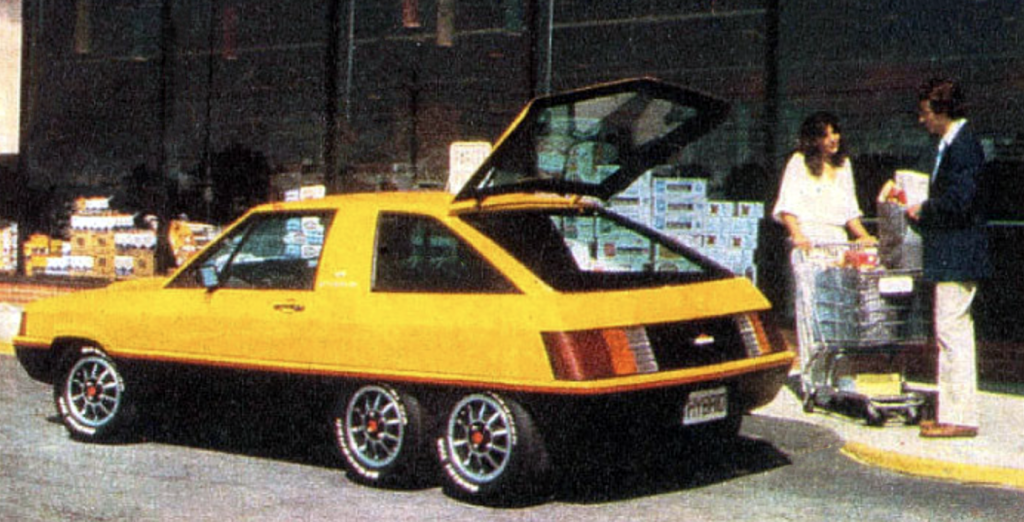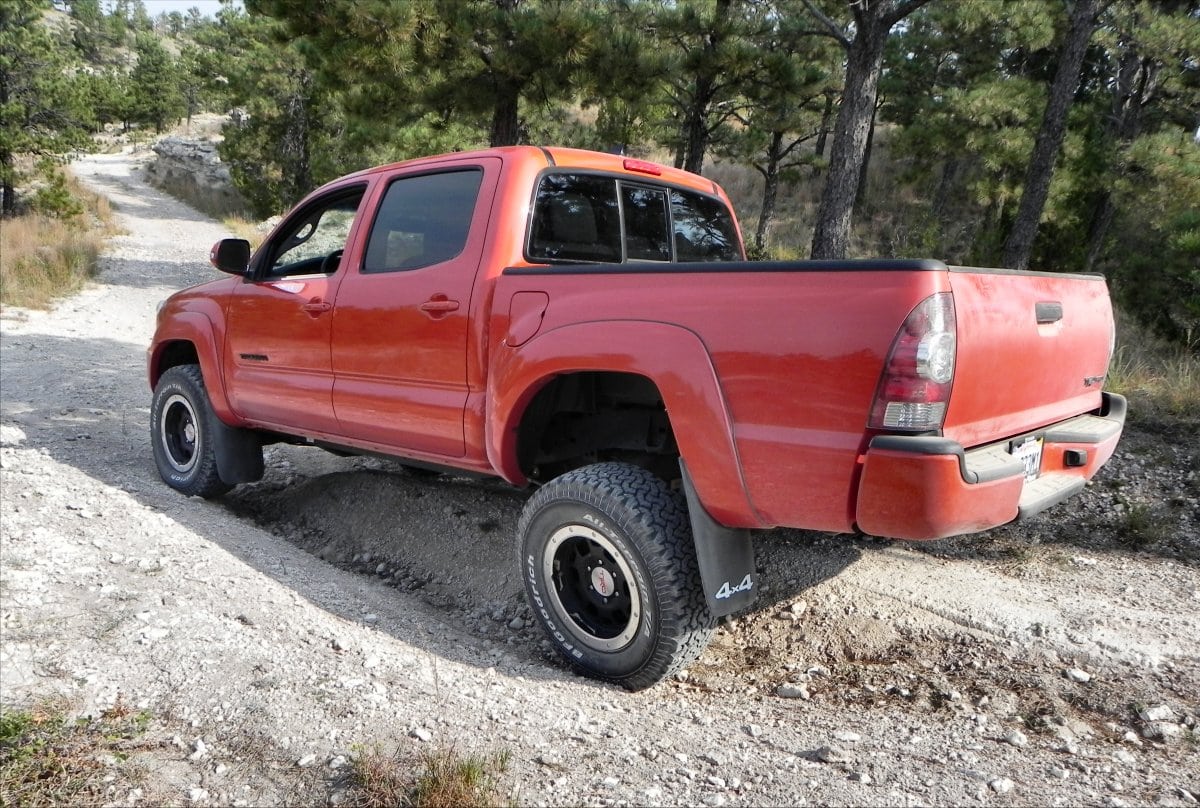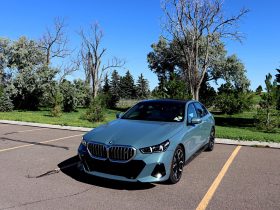Briggs & Stratton made its name making lawnmowers, weed trimmers, and generators. Most people are unaware that the company was founded as a car company. Well, to be more specific, a company that made parts and engines for cars. Then, at the height of its lawnmower age, it created what is considered the first true modern gasoline-electric hybrid automobile.
The company was founded in 1908 by an inventor and an investor, named Stephen Foster Briggs and Harold M. Stratton respectively. They aimed at making small gasoline engines and small automotive components. And did pretty well at it too. By 1919, the company had bought the rights to a two-seat, small-engined car from the A.O. Smith Company called the Smith Flyer. They reworked and improved the design and redubbed it the Briggs & Stratton Flyer. It got into the Guiness Book of Records as the most inexpensive car sold (at the time). One could buy one for a mere $125.
With the design perfected, Briggs & Stratton sold the rights to the Flyer to another company, but kept the most important innovation in their redesign: the motor wheel that converted torque. That would prove to be the smartest thing the company had ever done as that one technology managed to power several generations of reeled mowers and machines.
Fast forward through a couple of world wars, in between which the company went public on the New York Stock Exchange, the company found fast growth in the post-war era as the suburbs grew faster than the blades of grass that Briggs & Stratton machines became known for tending. Both Stephen and Harold died in 1962, leaving the company to Stratton’s son Frederick. But the innovation didn’t stop with the death of Briggs, who had left years earlier to work with a spinoff company making outboard engines.
The Arab Oil Embargo of the 1970s led to a lot of changes in the automotive industry in the U.S. It can be credited with creating the Environmental Protection Agency as we know it, the MPG standards that make up our fuel efficiency measurements, the near-death of the V8 engine, and the end of the American muscle car era. By 1980, the crisis was nearly over, but efficient cars were still the goal of every automaker.

That year, Briggs & Stratton unveiled the six-wheeled Briggs and Stratton Hybrid. Styled like a mashup between an AMC Eagle and a Chevrolet Citation, the Hybrid combined a gasoline engine with an electric powertrain. The engine was Briggs’ own Vanguard V-twin, air-cooled, 694cc, 18 horsepower engine. It coupled to a four-speed manual transmission courtesy of Ford. An electric motor added to the drivetrain and a set of heavy, six-volt lead-acid batteries rode in the rear. Explaining the need for a second rear axle.
That third axle, though, was a true wonder of design. It was connected to the frame via a swingarm, keeping the weight of the batteries free of the body and chassis. This allowed the Hybrid to drive more like a regular car and to keep the weight of the batteries from severely affecting steering and body movement.
The car, of course, never went to production, but the company used it as a showcase of its technological know-how for several years. With an electric range of almost 40 miles per charge, the ability to (slowly) charge itself while driving, and riding on a parallel gas-electric drivetrain. The car was designed to get up to highway speeds via its electric motor and batteries and then cruise on the highway using the small, efficient engine.
The car itself was cobbled together from several borrowed parts from other manufacturers. Besides the Ford-supplied transmission, the Briggs & Stratton Hybrid also had steering from Ford, body parts from Volkswagen, and other off-the-shelf parts from various suppliers. This saved Briggs & Stratton from going too far out of its own wheelhouse to build the car.
As an innovative and forward-looking harbinger of what was to come in automotive, the Briggs & Stratton Hybrid showcased where we were headed. The car was showcased on Jay Leno’s Garage in 2020.







